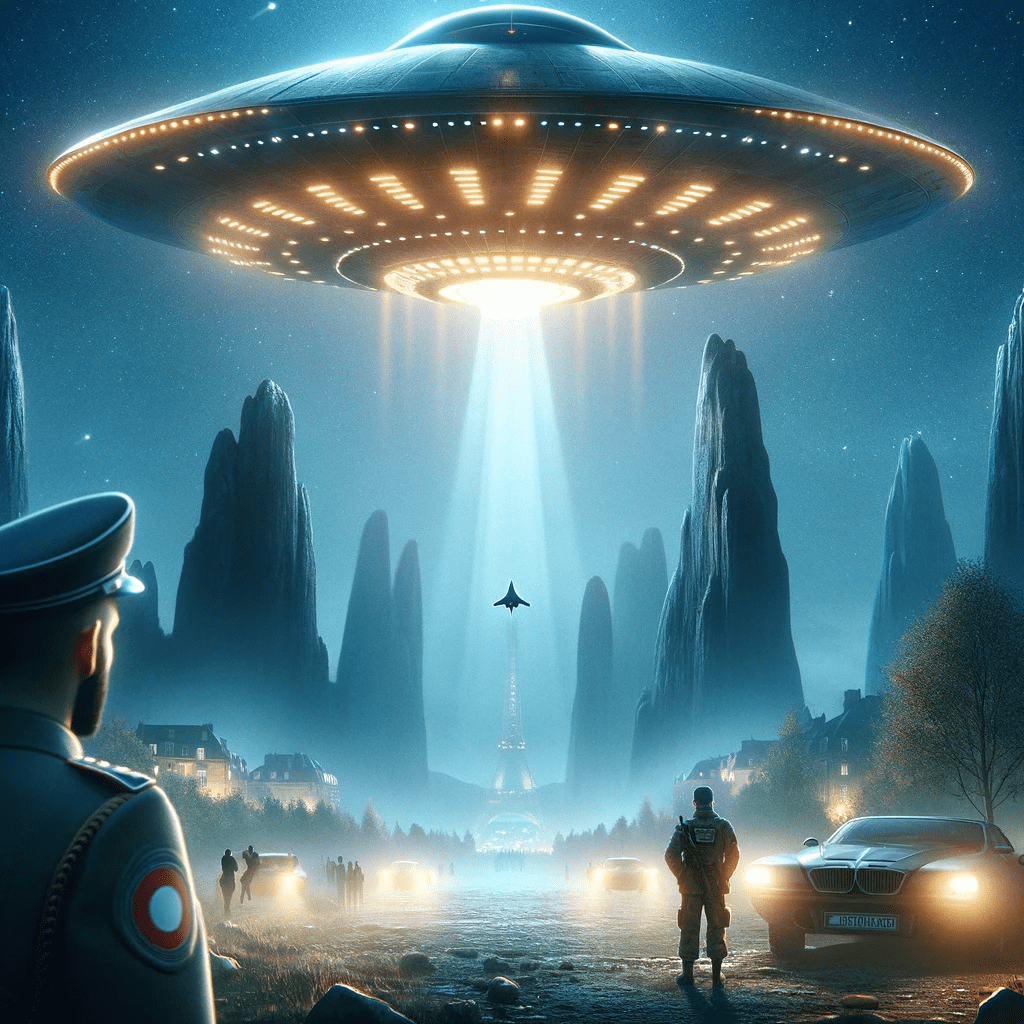The COMETA Report

The COMETA Report, an abbreviation of “Committee for In-Depth Studies,” is a document published in 1999 that discusses unidentified aerial phenomena, specifically focusing on the potential existence of extraterrestrial life. Authored by a group of high-ranking retired French military officials and experts in various fields, the report asserts that some UFO sightings cannot be explained by conventional means and should be taken seriously as potential evidence of extraterrestrial intelligence.
The report was compiled over several years and sought to provide a rigorous analysis of UFO sightings and encounters. It gained widespread attention due to the expertise and credibility of its authors, which included former French generals, admirals, and engineers. The authors aimed to present a balanced perspective on the issue of UFOs while urging for greater transparency and collaboration from governmental authorities in the investigation of such phenomena.
One of the critical scientific aspects addressed in the COMETA Report is the physical and behavioral characteristics of UFOs. The report cites numerous instances of objects demonstrating exceptional speed, acceleration, and maneuverability that cannot be explained by existing human technology or natural phenomena. Additionally, the report analyzes cases of radar-visual sightings and electromagnetic disturbances associated with UFO encounters, suggesting that the observed objects possess advanced technological capabilities beyond our current understanding.
Facts within the COMETA Report include:
- The F-89 vs. B-47 case (1953): This incident involved a United States Air Force F-89 Scorpion jet that disappeared while pursuing an unidentified flying object. The report cites an article from the French newspaper “Le Figaro,” which states that the F-89 vanished from radar screens after merging with a UFO. The pilot and radar operator were never found, and no official explanation for the disappearance has been provided.
- The Tehran UFO Incident (1976): This event occurred in Iran when an unidentified object was spotted by multiple witnesses and pursued by Iranian Air Force F-4 Phantom jets. The incident is documented in a Defense Intelligence Agency report, which confirms that the UFO exhibited extraordinary maneuverability and jammed the jets’ communication systems, preventing the pilots from firing their weapons.
- The Petit-Rechain photograph (1990): This photograph, taken in Belgium, is considered one of the most compelling pieces of photographic evidence of UFOs. The picture shows a triangular-shaped object with lights at each corner. The COMETA Report cites the Belgian Air Force’s investigation, which concluded that the object’s characteristics could not be attributed to any known aircraft or natural phenomena.
Dr. Jacques Vallée, a computer scientist and ufologist, has praised the report for its rigorous methodology and focus on cases with strong supporting evidence. Additionally, Dr. Richard Haines, a former NASA scientist, has endorsed the report’s call for greater international cooperation in studying UFO phenomena.
Books that have discussed the COMETA Report include “UFOs and the National Security State: Chronology of a Cover-up, 1941-1973” by Richard Dolan and “Revelations: Alien Contact and Human Deception” by Jacques Vallée. These books highlight the report’s significance in furthering the discussion on UFOs and the possibility of extraterrestrial life, particularly in relation to national security and potential implications for human advancement.
The French newspaper “Le Figaro” provided a comprehensive overview of the report and its conclusions, emphasizing the credibility of the authors and the need for further investigation into UFO phenomena.
The COMETA Report represents a significant effort by a group of respected French military officials and experts to provide a comprehensive and scientifically rigorous analysis of UFO sightings and encounters.


